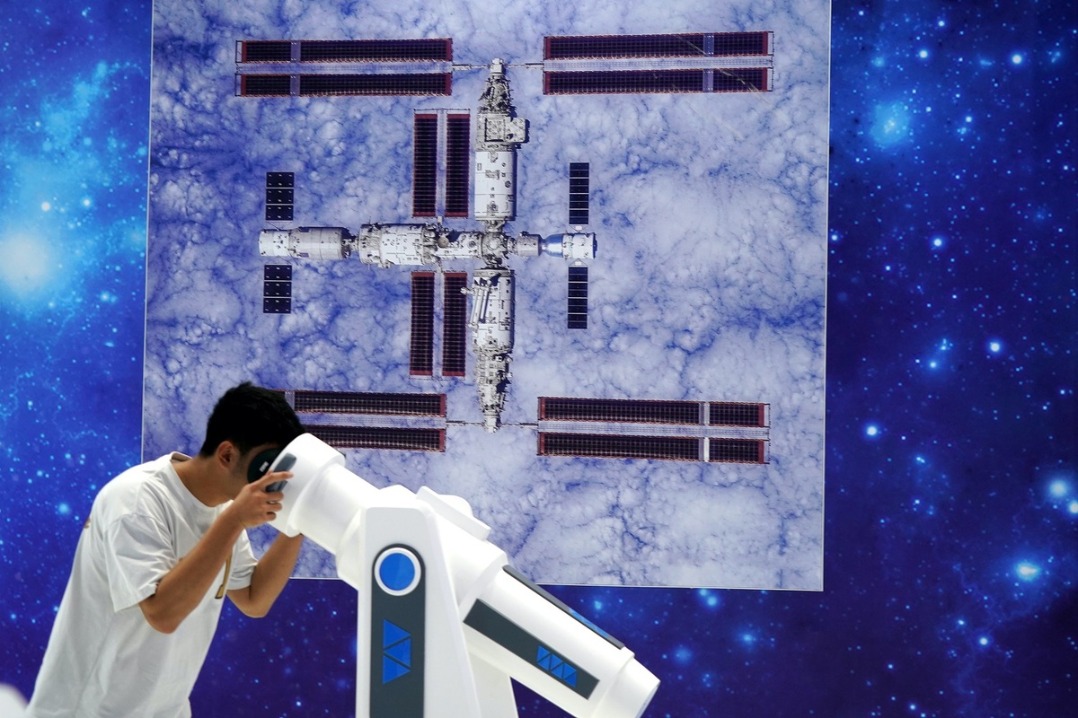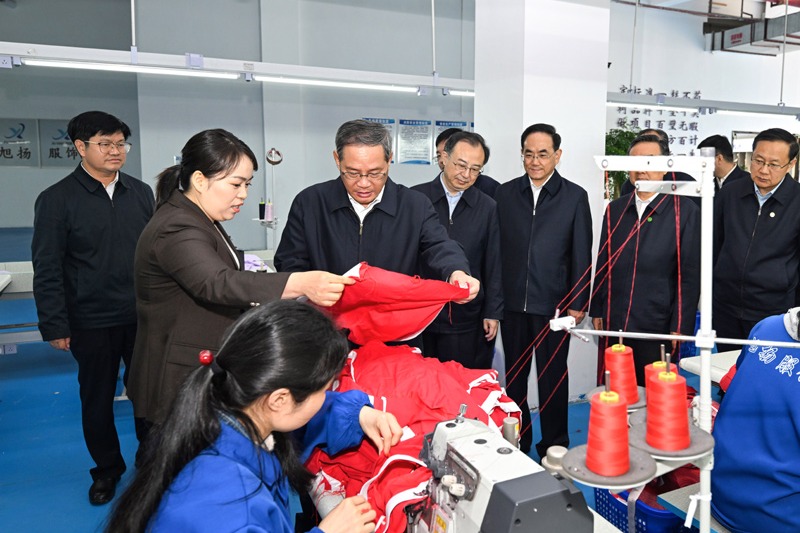Stanford researchers create artificial nerve system for robots

SAN FRANCISCO -- Researchers from Stanford University and Seoul National University have developed an artificial sensory nerve system that can potentially enable robots and prosthetic devices to have a sense of touch, Stanford said in a statement May 31.
The Science journal, which published the latest results of the study in a paper on May 31, describes how the researchers constructed an artificial sensory nerve circuit that could be embedded in a future skin-like covering for neuro-prosthetic devices and soft robotics.
The study was led by Zhenan Bao, professor of chemical engineering at Stanford, in partnership with Tae-Woo Lee of Seoul National University, who spent his sabbatical year in Bao's Stanford lab to initiate the collaborative work focused on an artificial synaptic transistor modeled after human synapses.
The artificial nerve circuit consists of three integrated components -- a touch sensor that can detect minuscule forces, a flexible electronic neuron that receives signals from the touch sensor, and the artificial synaptic transistor modeled from human synapses.
"Biological synapses can relay signals, and also store information to make simple decisions," said Lee, who was a second senior author of the paper. "The synaptic transistor performs these functions in the artificial nerve circuit."
"This artificial sensory nerve system is a step toward making skin-like sensory neural networks for all sorts of applications," said Bao, who is one of the senior authors of the paper.
The researchers described in their paper how the electronic neuron delivered signals to the synaptic transistor, which was engineered to have the ability of learning how to recognize and react to sensory inputs based on the intensity and frequency of low-power signals, just like a biological synapse.
In their experiment, they even managed to activate the twitch reflex in a cockroach and identify letters in the Braille alphabet.
The latest milestone in the work of Bao and her team is part of her long-standing pursuit to imitate how skin can stretch, repair itself and act like a smart sensory network that knows not only how to transmit pleasant sensations to the brain, but also react reflexively to make prompt decisions when the muscles receive signal order.
The researchers say artificial nerve technology remains in its infancy, but they hope to create low-power, artificial sensor nets to cover robots to make them more agile upon feedback received in the same way as human skin works.
- The Shenzhou XVIII spaceship successfully launched
- Xi calls on Chongqing to write its chapter in Chinese modernization
- Shandong produce seller begs for order cancellations after pricing error
- Zhejiang woman receives lenient sentence for rooftop poppy plantation
- Lucky mistake: Lottery player wins jackpot thanks to salesperson's error
- New diagnosis policies rolled out in China, health official states





































